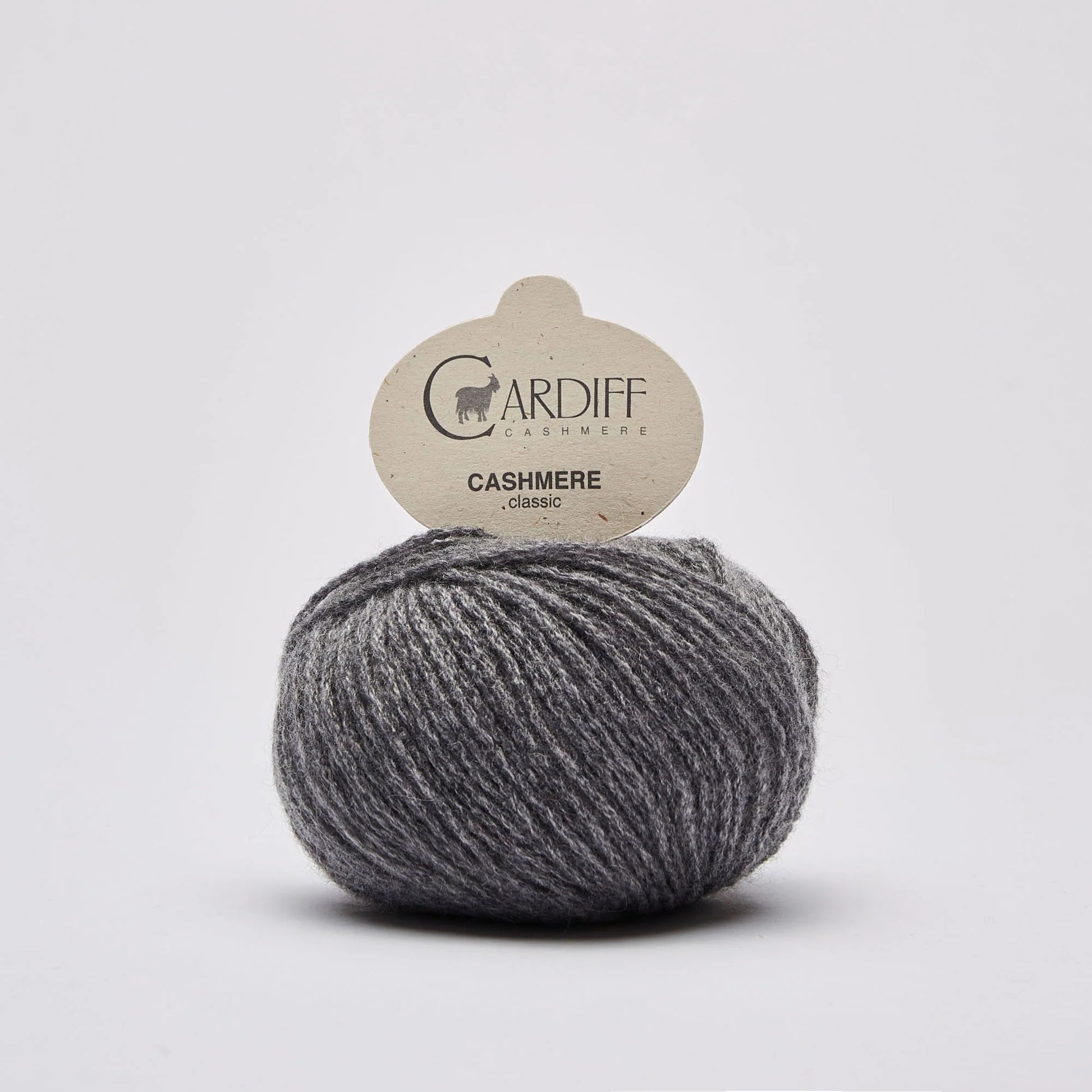Factors You Must Need Cashmere a Natural Fiber for Comfort and Style in Everyday Wear
In the world of textiles, few fibers equal the high-end and convenience of cashmere. How can one best make use of cashmere to elevate their style? These appealing concerns lay the foundation for an enlightening expedition right into the globe of cashmere. cashmere fibre.
Recognizing the Lavish Nature of Cashmere

Reviewing the Convenience Variable of Cashmere Garments
What top qualities highlight the comfort variable of cashmere garments? The gentleness of cashmere is the very first top quality to consider. Its luxurious appearance makes it feel like a 2nd skin, offering heat without the weight or itchiness associated with various other wool products. Cashmere's one-of-a-kind fiber framework permits for breathability, regulating temperature and stopping getting too hot. The product's versatility and toughness make sure that it molds against the body comfortably, keeping its shape in time. Cashmere's hypoallergenic residential properties also add to its convenience, making it a perfect choice for delicate skin. Lastly, the ability to layer cashmere pieces without bulkiness heightens the convenience variable. Basically, the convenience of cashmere is originated from its softness, breathability, sturdiness, hypoallergenic nature, and convenience.

The Ecological Impact and Sustainability of Cashmere
While the convenience and style of cashmere are most certainly enticing, it's similarly crucial to consider its relationship with the atmosphere. Cashmere production, primarily in Mongolia and China, includes elevating cashmere goats, which can substantially strain breakable grassland environments due to overgrazing. This can result in desertification, a pressing ecological problem. The processing of cashmere, involving washing and dyeing, can likewise contribute to water pollution if not properly managed. Initiatives are being made to establish sustainable cashmere manufacturing approaches, such as rotational grazing and cleaner handling methods. While cashmere has ecological influences, its sustainability greatly depends on production practices.
Comparing Cashmere to Artificial Fibers: A Cost-Benefit Evaluation
Regardless of its ecological difficulties, cashmere provides an one-of-a-kind set of advantages over synthetic fibers. On the price side, cashmere is without a doubt more costly due to its labor-intensive production process. Yet, the advantages make it worth the financial investment. Cashmere's natural fibers supply exceptional softness and heat, equating right into convenience that synthetic fibers struggle to match. Cashmere pieces are extremely resilient, encouraging durability that offsets initial expenses over time. Unlike synthetic fibers, cashmere does not contribute to microplastic contamination, making it a much more lasting selection. In comparison, synthetic fibers, while less costly upfront, use less comfort, have shorter life-spans and present ecological worries. Hence, when examining cost-benefit, cashmere's remarkable high qualities make it a beneficial financial investment for day-to-day wear.
Styling Tips With Cashmere for Everyday Style
Having actually thought about the cost-benefit analysis of cashmere contrasted to synthetic fibers, it becomes clear why this luxurious material is a preferred selection for many. When styling cashmere for everyday style, simpleness is essential. A cashmere coat, for example, can be paired with tailored pants or a sleek skirt for an elegant, put-together appearance - cashmere fibre. For a much more informal ensemble, a cashmere cardigan put on over an easy tee shirt and jeans emanates uncomplicated design. Devices can even more elevate the look: web a statement necklace or view it now headscarf can include a pop of shade to a neutral cashmere piece. Ultimately, the inherent sophistication of cashmere makes it a versatile addition to any kind of wardrobe, easily enhancing daily clothing with a touch of deluxe.

Final Thought
In recap, the exceptional properties of cashmere make it a beneficial enhancement to any wardrobe. Its luxurious feeling, convenience, versatility, and breathability to differing temperature levels are unmatched. Furthermore, cashmere's sustainability and lower environmental effect compared to synthetic fibers further boost its allure. The classic elegance of cashmere, incorporated with its adaptability, adds elegance to daily wear. For that reason, buying cashmere garments is a rewarding choice for design, comfort, and sustainability.
